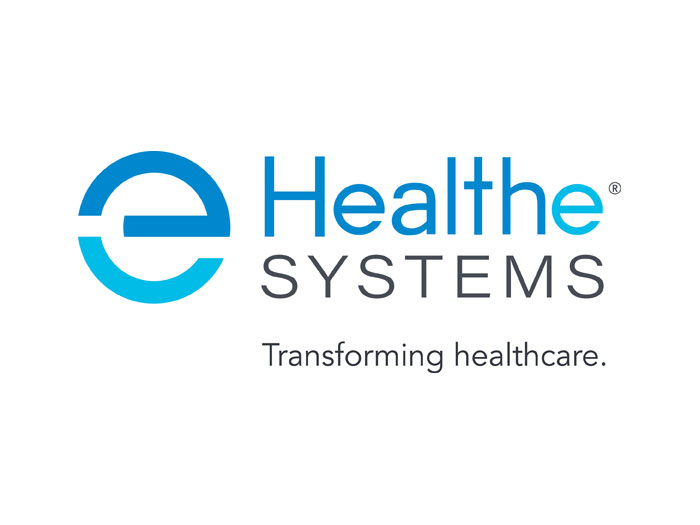Why Homeowners Association Risk Is a Philadelphia Insurance Company Niche

Peruse the website of the Equestrian Estates homeowners association in Wichita, Kansas, and in one frame you see a picture of a teen rider and her well-groomed mount jumping a stream.
Another pic features a toddler feeding ducks. Yet another shows you the same child proffering a strand of grass to a blanketed roan horse through the weathered slats of a wooden fence.
At the Waggener Ranch, north of San Antonio, the offerings get a little more, well, exotic. That HOA features large lots on which antelope and wildebeest might roam. Horses are welcome here as well, though how well they might mix with the wildebeests isn’t a certainty.
Some HOAs grow their own grapes and sell wine. Others operate water parks.
Suffice to say, the landscape encompassed by homeowners associations has shifted markedly in the past few decades. In other words, this is no longer your Uncle Arthur’s cul de sac.
This is the economic territory underwritten by Nicole Reed, a Philadelphia-based assistant vice president, homeowners associations, with the Philadelphia Insurance Companies.
Reed and her team take on HOA risks with as few as five units and as many as several thousand, with premiums ranging from a minimum $500 up to more than $100,000.
“The premium all depends on the association size and the amenities within the association, she said.
Finding Coverage for Every Risk
Reed said her unit’s coverage appetite is robust.
“Capacity for this product, when exposures are challenging is limited,” she said.
Horses and antelope are one thing. But there’s a full range of community activities that a homeowners association will want to make sure it is adequately covered for.

Nicole Reed, assistant vice president, homeowners associations, Philadelphia Insurance Companies
“Homeowners associations these days could be very basic or very event driven,” Reed said.
“There could be large pools with slides and dives, even waterparks. It could be wave pools or lakes with activities on them,” she said.
“A lot of times associations like to have their own concerts or their own family nights. There could be a family night out where the fire company and the police department and surrounding businesses all come out and support the community,” she said.
HOAs have become so varied, even unique, that they present a range of underwriting challenges.
“It could be as simple as an Easter egg hunt. It could be something to do with any holiday. They might want to do something for the Fourth of July with fireworks, so it can get pretty expensive from an event and amenity basis,” she added.
Risk mitigation areas that HOAs typically need help with include evaluating pool areas for slip and fall risks, general pool and clubhouse safety and posting appropriate safety signage at a lake.
Some more common risk transfer areas would be general liability and coverage for staff, such as swim team instructors or coaches, fitness/yoga instructors and security personnel.
Teaming Up with the Right Specialists
Reed said she enjoys the space, because it is challenging. But she also relies on interactions and feedback from her colleagues at Philadelphia Insurance, many of whom are in underwriting niche spaces.
“We can be creative with the associations, with the unique exposures, whether that’s through pricing or terms/conditions, because PHLY has so many unique niches,” Reed said.
“That gives the underwriters the ability to consult with other product specialists,” she said.
“Those product specialists can help underwriters better understand whatever that risk or exposure may be that they’re not comfortable with. They can also help with pricing and terms and conditions.”
Utilizing Technology’s Many Advancements
Besides the engagement and assistance of her colleagues, both within and outside of her department, another tool that has greatly aided Reed in her work is technology.
Reed said in many cases just visiting the website of a homeowners association can clue her and her team into the ways an HOA operates and whether it might be an attractive risk.
“I can read their CC&Rs, their bylaws, their lake rules — whatever it may be. I can see the events, which might be posted. They’ll usually have pictures.”
Reed said her team also uses Google Maps and the aerial views it provides to get a better understanding of the layout and the exposures of an HOA.
Flood exposures and severe convective storm ratings are just two data points that can be gleaned that way.
“I can Google an address and literally walk down a street in the association,” Reed said.
It’s Always Something New
Reed said she finds the space invigorating to work in because it is so varied. Her group underwrites HOAs in almost every state.
“A lot of the accounts are different, and they’re things that I have never seen before, especially when it comes from an event or amenities standpoint,” she said.
“I came from a large property underwriting background, so this was dynamically different for me. I was a little nervous going into it at first, but no regrets. I love what I do,” she said.
“It doesn’t get repetitious, because the HOAs can present some really interesting questions.”
HOAs and the Continued COVID-19 Pandemic
One can’t talk or write about risk these days and not mention the global pandemic that has impacted such large swaths of the economy.
The significant shift to more people working from home is bound to have an impact on risk exposures within HOAs, Reed said.
One issue is the fact that more people working from home means more use of walking trails and other HOA recreational facilities.
A byproduct of that, however, is that neighbors are in much closer proximity to each other than they would normally be with an attendant viral infection risk. Another is simply wear-and-tear on HOA facilities.
On the other side of the coin, pool and clubhouse use, in many cases, is down, way down to regulatory restrictions.
“I read that only 7% of pools have reopened at associations, and I know a number of clubhouses that haven’t reopened either,” she said.
Regardless of the risks, Reed said HOAs are a good space for her company and others to write in.
“What I would say is the pricing for the HOAs are heavily driven on the obvious factors — the loss history, the location, the exposures — but just from a general area, this is a profitable product.” &










